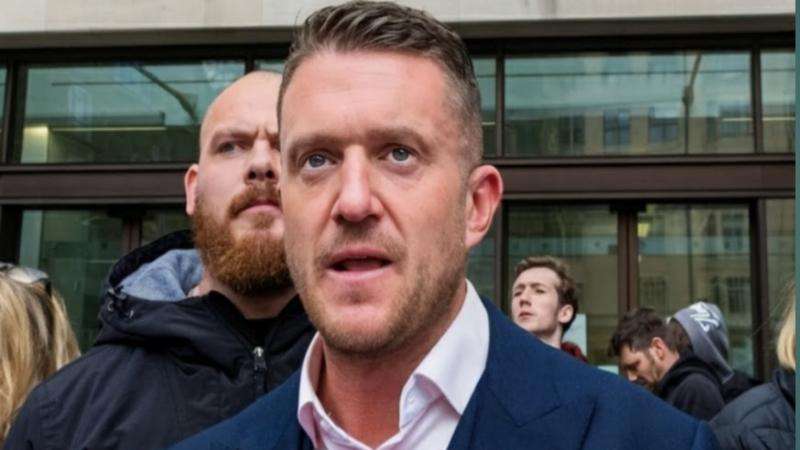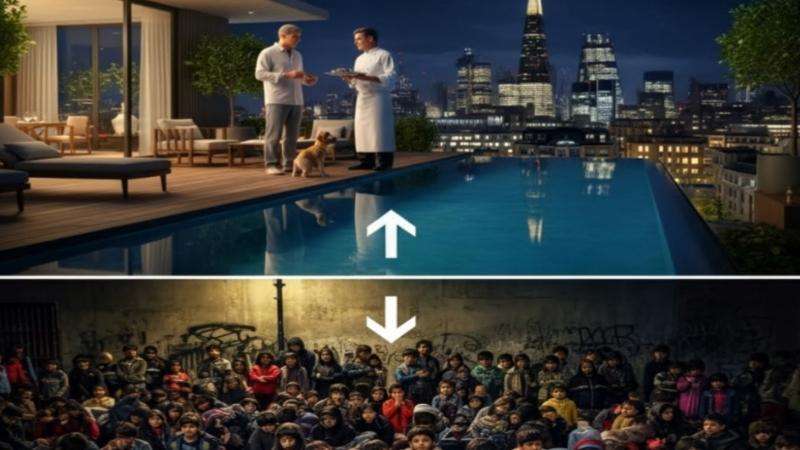Voting analysts identify six major voter groupings that make up the modern electorate, including "Left-Behind Patriots" and "Middle Britons."
Based on their responses to important questions covering a wide range of subjects, voters were split into the six groups by the National Centre for Social Research (NatCen) in a recent analysis.
Along with commonalities in socioeconomic class, gender, educational attainment, and place of residence, the groups also have similar opinions on important national issues including immigration, the economy, and climate change.
The electorate is not just divided between 'left' and 'right', but also between 'liberals' and 'authoritarians', while many people sit in the middle and are not especially interested in politics
Sir John Curtice
The largest group of voters have been dubbed Middle Britons, who make up 26% of the electorate.
They are mostly in the middle ground across different issues, are closest to the typical voter, with no clear political affiliation, hard to win over and not that likely to vote.
Some 12% of the electorate are in the Well-Off Traditionalists group.
They are politically engaged and likely to vote, many living in rural South East, with socially conservative views that align with Conservative policies.
Apolitical Centrists make up 17% of the electorate.
This group is the least politically engaged, and are generally on the right on economic issues but more centrist on social issues.
They are relatively young and low income. Many will likely not vote, but those that do will probably choose either Conservative or Labour.
A group called the Left-Behind Patriots make up 15% of the electorate.
They are a group of voters identified as patriotic, and who mostly voted for Brexit. They are opposed to economic inequality but conservative in their social outlook. While they have no strong allegiance to any party, they are more likely than any group to support Reform.
The Urban Progressives, 16% of the electorate, are typically university educated professionals, lean strongly to the left on economic issues and in a liberal direction on social ones.
They are likely to support Labour or the Greens, and are highly likely to vote.
The final group, the Soft-Left Liberals are 14% of the electorate.
This group of voters are university educated, politically engaged, liberal on social issues but more centrist on the economy. They are likely to vote for Labour, the Greens or Lib Dems.
Professor Sir John Curtice, senior research fellow at NatCen and professor of politics at Strathclyde University, said: “Much of the commentary on the election focuses on questions of performance. But elections are also influenced by voters’ values and their perceptions of politics and politicians.
“The electorate is not just divided between ‘left’ and ‘right’, but also between ‘liberals’ and ‘authoritarians’, while many people sit in the middle and are not especially interested in politics.
“This poses particular challenges for the two main parties who will have to reach out to voters well beyond their own ‘comfort zones’ to succeed.”
The analysis of voters in based on the British Social Attitudes survey, which randomly selects members of households across the country rather than people opting in to gather data.
This is aimed at generating a representative picture of the current electorate, and avoiding biases around political engagement or affiliation.




_2.jpg)



.svg)


